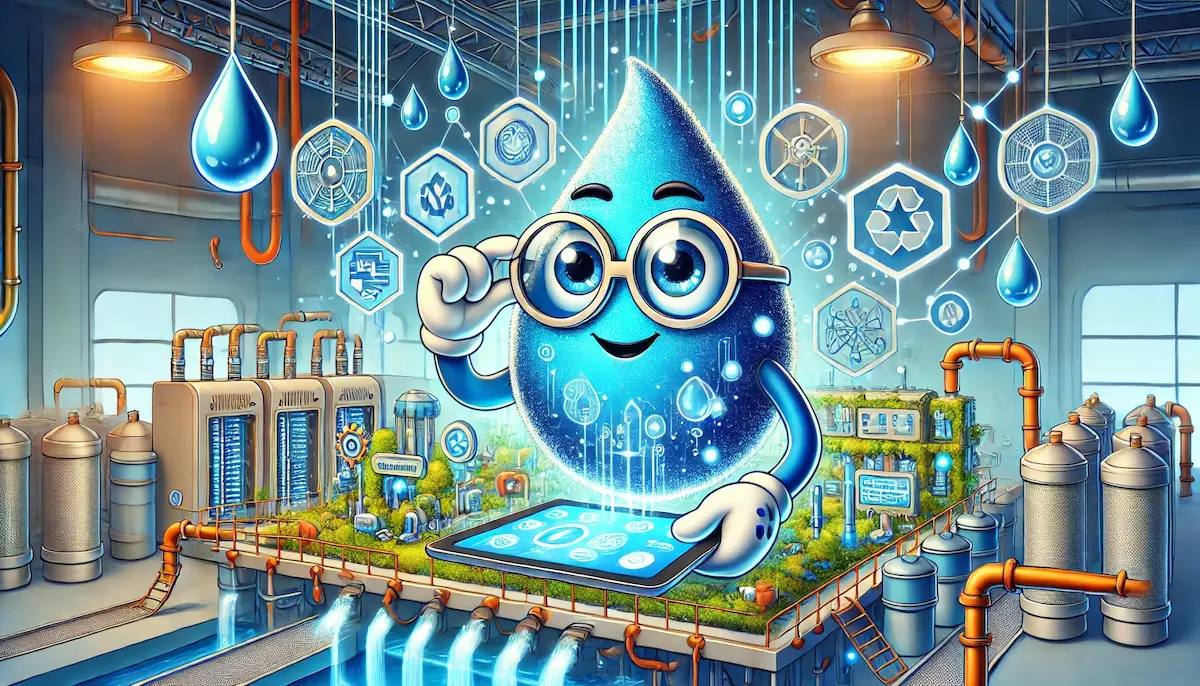Water purification is the process of removing contaminants, impurities, and harmful substances from water to make it safe for drinking, industrial use, and other purposes. This essential process ensures the availability of clean water, which is crucial for human health, environmental sustainability, and economic development.
What is Water Purification?
Water purification involves a series of physical, chemical, and biological processes that transform raw, contaminated water into purified water. These processes target various pollutants, including pathogens, chemicals, heavy metals, and organic compounds. The goal is to produce water that meets quality standards set by health and environmental authorities.
Key Methods of Water Purification
Physical Processes
Filtration
Filtration is the process of passing water through a filter to remove solid particles, sediment, and some microorganisms. Filters can be made from materials such as sand, gravel, activated carbon, or synthetic membranes. Common filtration methods include:
- Sand Filtration: Water passes through a bed of sand that traps particles and impurities.
- Activated Carbon Filtration: Activated carbon absorbs organic compounds, chlorine, and some heavy metals from water.
- Membrane Filtration: Thin membranes with tiny pores (microfiltration, ultrafiltration, nanofiltration, and reverse osmosis) remove particles, bacteria, viruses, and dissolved substances.
Sedimentation
Sedimentation involves allowing water to sit undisturbed in a tank, enabling heavier particles and sediments to settle at the bottom. The clarified water is then removed from the top, leaving the settled particles behind.
Chemical Processes
Chlorination
Chlorination is the addition of chlorine or chlorine compounds to water to disinfect it by killing bacteria, viruses, and other pathogens. It is one of the most common methods of water disinfection due to its effectiveness and low cost.
Ozonation
Ozonation involves injecting ozone gas into water. Ozone is a powerful oxidizing agent that destroys microorganisms and breaks down organic pollutants. It also helps in reducing taste and odor issues.
Coagulation and Flocculation
Coagulation involves adding chemicals (coagulants) to water to neutralize the charge of suspended particles, allowing them to clump together into larger particles called flocs. Flocculation is the gentle mixing of water to form larger flocs that can be easily removed by sedimentation or filtration.
Biological Processes
Bioremediation
Bioremediation uses microorganisms to degrade and remove organic pollutants from water. This process is often used for treating wastewater and contaminated groundwater. Specific bacteria, fungi, or algae are introduced to break down pollutants into less harmful substances.
Constructed Wetlands
Constructed wetlands are engineered ecosystems that mimic natural wetlands. They use vegetation, soil, and microbial activity to filter and treat water. These systems are effective in removing nutrients, heavy metals, and organic pollutants from wastewater.
Benefits of Water Purification
Health Protection
Water purification removes harmful pathogens, chemicals, and contaminants that can cause diseases and health issues. Access to clean, purified water is essential for preventing waterborne illnesses and ensuring public health.
Environmental Sustainability
Purifying water reduces the discharge of pollutants into natural water bodies, protecting aquatic ecosystems and preserving biodiversity. It also supports sustainable water management practices by enabling the reuse and recycling of water.
Economic Development
Access to clean water is vital for economic activities such as agriculture, industry, and tourism. Purified water supports the productivity and growth of these sectors, contributing to overall economic development and improving quality of life.
Enhanced Water Quality
Water purification improves the taste, odor, and appearance of water, making it more palatable and acceptable for consumption. High-quality water is essential for various applications, including drinking, cooking, and hygiene.
Challenges and Future Outlook
Water purification faces challenges such as the presence of emerging contaminants (e.g., pharmaceuticals, microplastics), the high costs of advanced treatment technologies, and the need for adequate infrastructure and maintenance. Additionally, ensuring access to clean water in remote and underserved areas remains a significant global challenge.
The future of water purification looks promising with advancements in technology and increased awareness of water quality issues. Innovations such as advanced oxidation processes, nanotechnology, and smart water monitoring systems are expected to enhance the efficiency and effectiveness of water purification methods. Continued investment in research, infrastructure, and education will be crucial for addressing global water challenges and ensuring the availability of safe, clean water for all.
Blockfine thanks you for reading and hopes you found this article helpful.
